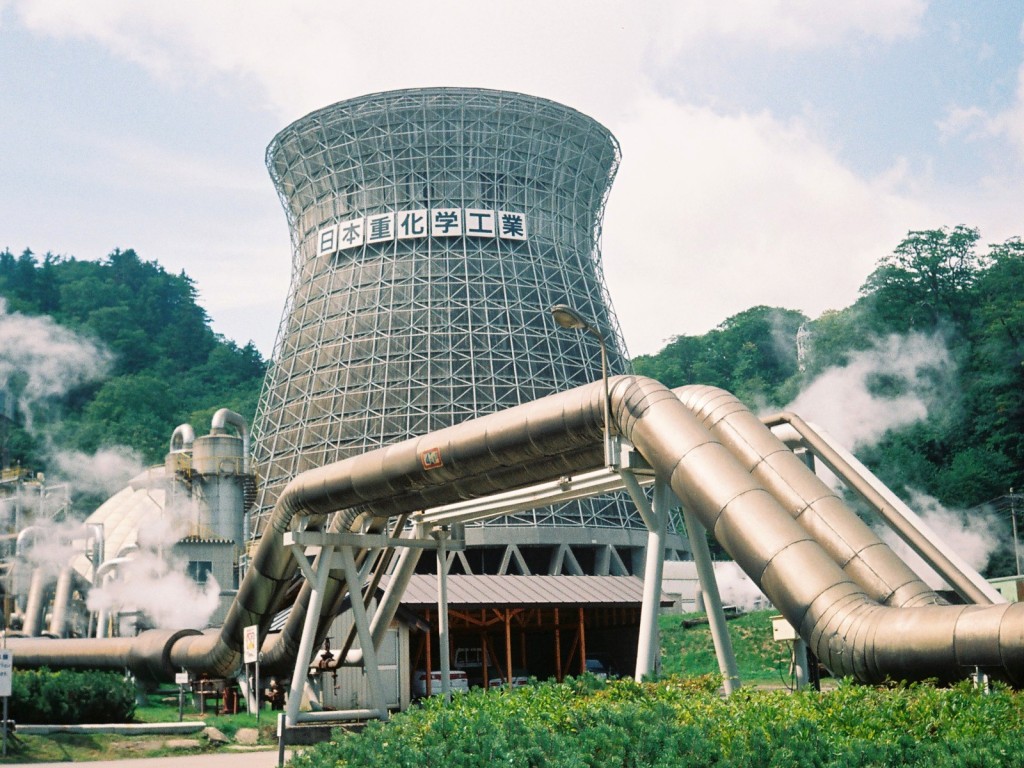The challenges of geothermal development in Japan
A recent article looks into the very similar challenges holding back development of geothermal projects in California and Japan, with a closer look at the situation in Japan.
An interesting article from California caught my eye. The article looks at the challenges that both California and Japan face in developing geothermal energy projects.
“California has the largest capacity of geothermal energy in the United States, but only 5 percent of the state’s electricity production comes from that source. Experts say the potential is even greater.
According to the California Energy Commission, the state now has 43 operating geothermal power plants with an installed capacity of nearly 1,800 megawatts. But that could be doubled, or even tripled, to a whopping 4,800 megawatts of power.
Japan, on the other hand, has exploited even less of its potential geothermal resources. Considered to have the third (or sixth, depending on where you look) largest capacity in the world (behind the United States and Indonesia), only .03 percent of its energy comes from that source.
So, what gives? Why haven’t California and Japan done more to exploit this energy? It’s cheap (it doesn’t require electricity to get the energy out), readily available and clean.
It was during a trip to Japan’s largest and oldest geothermal plant in the volcanic mountains of Kyushu that I learned what some of the problems are.
High up in the mountains of the island of Kyushu, where vacationers from Tokyo and Osaka come to relax in hot springs and gaze down at the reds, yellow and orange maple leaves of autumn, is the Hacchobaru Geothermal Station.
To get there, a taxi took me up nearly an hour of long, winding roads, which switch-backed by waterfalls, trout streams and traditional Japanese hot spring houses. The mountains were abrupt, climbing at impossibly steep angles.
And at the top, nearly 9,000 feet above sea level, is Hacchobaru, the largest geothermal plant in Japan. The plant produces 110,000 kilowatts of power, which provides enough electricity for roughly 37,000 households in the region.
The problem, said Atsushi Ikeda, general manager of the power station, is threefold: cost, aesthetics and public relations concerns about earthquakes and sustainability.
It takes millions, even billions, of dollars (or yen) to build a geothermal plant. The Hacchobaru plant cost $3.7 billion to build. Indeed, it took 20 years before Hacchobaru made back its initial investment.
And the situation is similar in California. The cost of drilling down to potential reservoirs can be astronomical.
The other problem is the location of the sources. In Japan, most geothermal reservoirs are in beautiful, scenic and mountainous terrain, which are often also national parks. And national parks are off limits when it comes to creating new power stations.
In California, there’s a similar issue. While geothermal sites are often in scenic areas here as well, the real problem is that the best available land is often owned by the state or federal government. And according to investors, it can be difficult to acquire permits or leases to drill on these lands. The Bureau of Land Management and Forest Service are currently addressing this issue.
But some of the biggest impediments are the people who would have to live near the power station.
In 2006, a geothermal plant located in the city of Basel, Switzerland triggered a 3.4-magnitude earthquake, and a month later, a 3.1-magnitude earthquake. The plant was shut down soon after.
Scientists agree that it was geothermal site that triggered the quakes, but according to Sachio Ehara, a professor of geothermics at Kyushu University and the president of Japan’s Geothermal Society, there are methods of geothermal extraction that are safer.
And at Hacchobaru, the plant manager, Ikeda, said it’s difficult to know if the plant is responsible for the roughly 30 earthquakes the area registers every year. It is in a seismically active area, after all, he said.
Finally, residents also worry that the geothermal plants, which mostly rely on steam captured deep in the earth, are using up their water.”
Source: California Watch


















